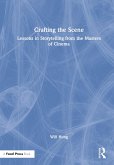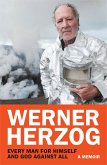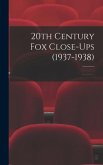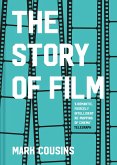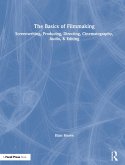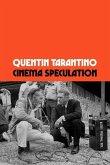Master's Thesis from the year 2021 in the subject Film Science, grade: A, Eötvös Loránd University (Eötvös Loránd University), course: Master's degree in Film Studies: Filmmaking Specialization, language: English, abstract: Mohamed Khan made 25 films during his lifetime, and he was known for frequently using close-ups in his films. In this research, I attempt to depict close-ups' art in terms of functions in one of Khan mid-career movies: "Wife of an Important Man" (1987). I will analyze five different scenes from this single movie in which he massively used the close-ups. Further, I will provide a description of these close-ups' functions in each one of the scenes. I will be answering the question of what functions did the close-ups serve in Mohamed Khan's selected scenes? How did exactly they make his style unique? Close-ups are usually artistic and, at the same time, conventional in shootings for cinematic purposes. The art of close-ups reveals the emotions and/or details of the subject, as well as orient the audience's attention to a person's feelings or reactions. In this context, I would like to recall a renowned Egyptian-English filmmaker who was a conscious user of close-ups in his movie, Mohamed Khan. In one of his interviews, he declared that, as a director, his purpose in filmmaking was not the storyline, nor finding solutions to any social issues. What attracted him were feelings and details.



